Enhancing security in road transportation through remote monitoring and status information of the vehicles
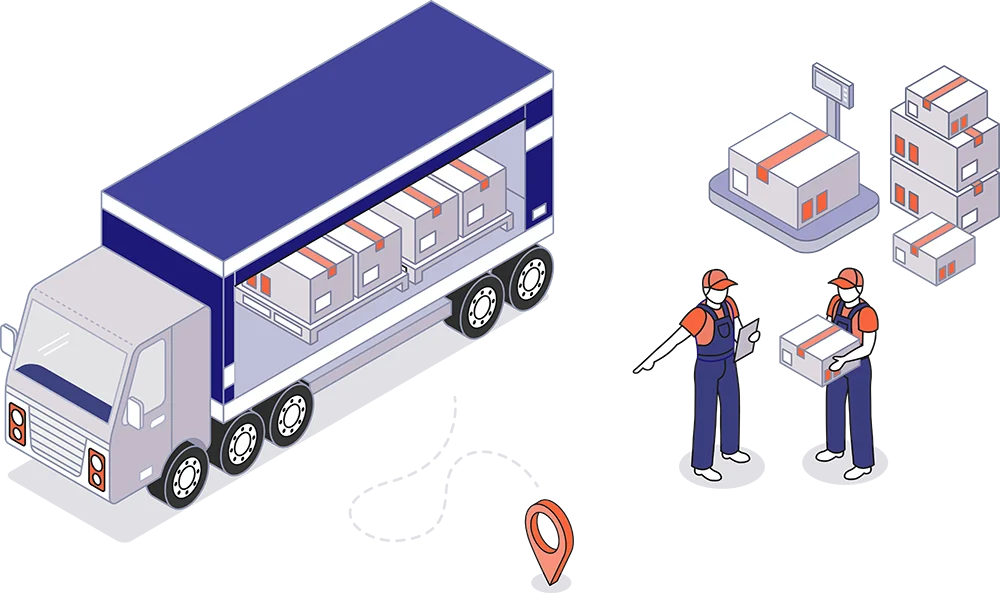
Since the performance quality of transport companies is directly related to the performance quality of the vehicle fleet and the behavior of drivers, the permanent control of this fleet and direct handling of them will improve organizational work processes and increase productivity. In addition to the gradual increase in current organizational costs, the lack of intelligentization of the vehicle fleet of transport companies takes the control of affairs out of the hands of managers and makes it impossible to manage the fleet in an integrated manner. It is the foundation of effective information management and real data for organizational decision-making. Today, it is fleet intelligence and data recorded in software systems that provide information for decision-making and organizational planning. Neglecting these new methods results in a decision-making and planning process based on trial-and-error, which is more likely to lead to failures.

Hardware
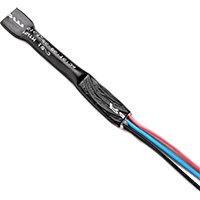
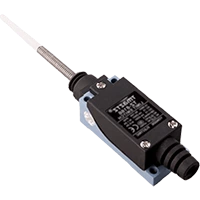
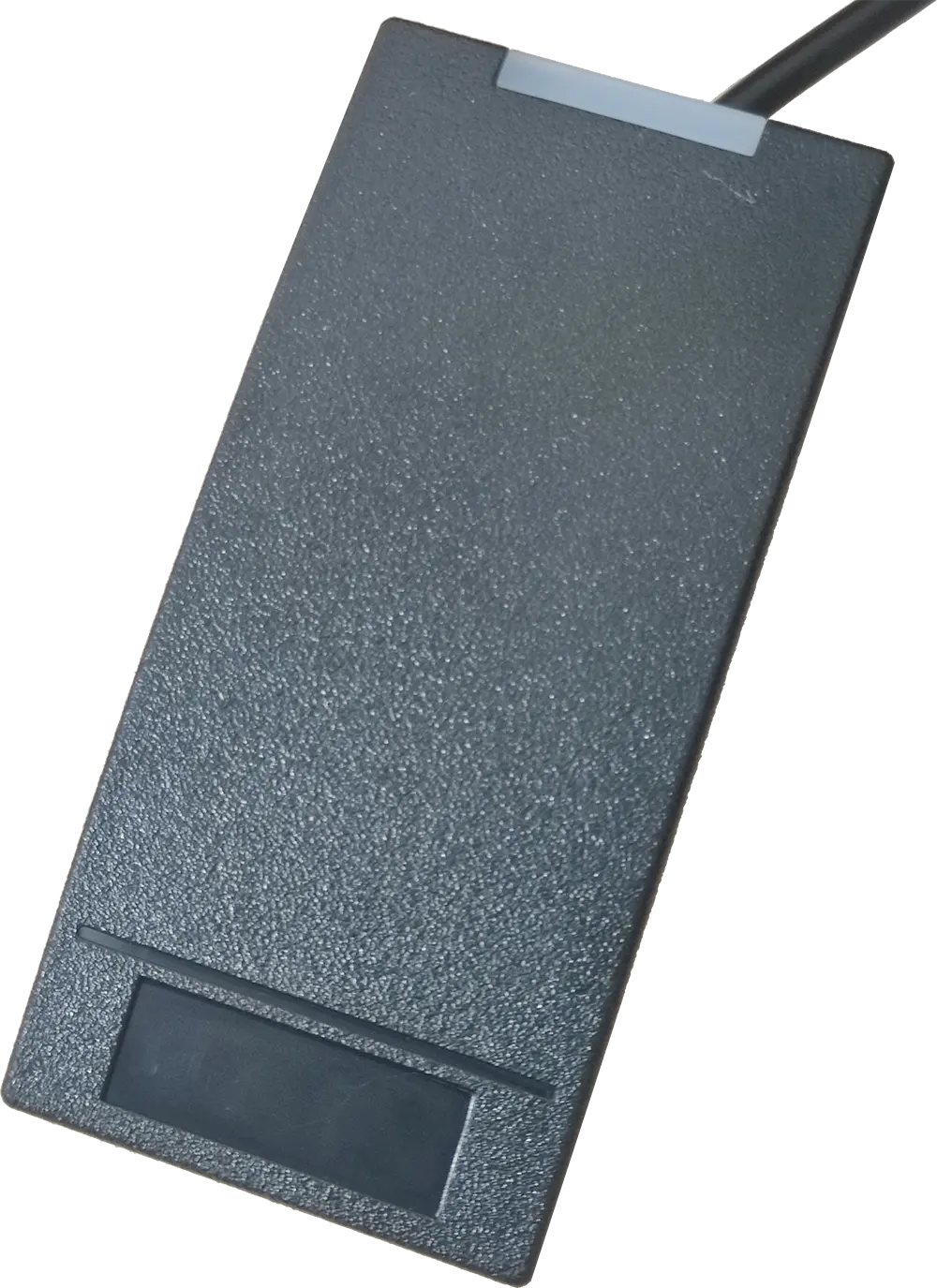
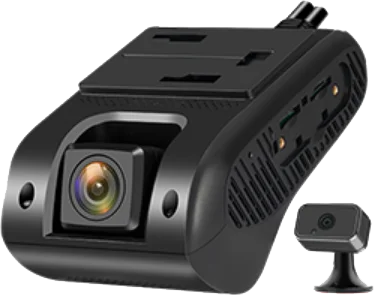
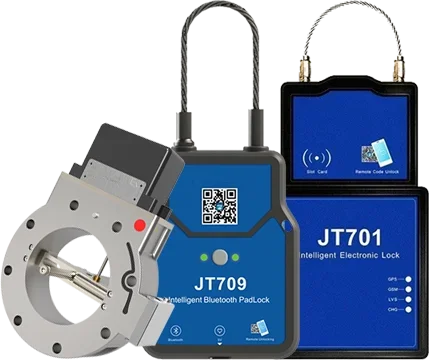
Software & Modules